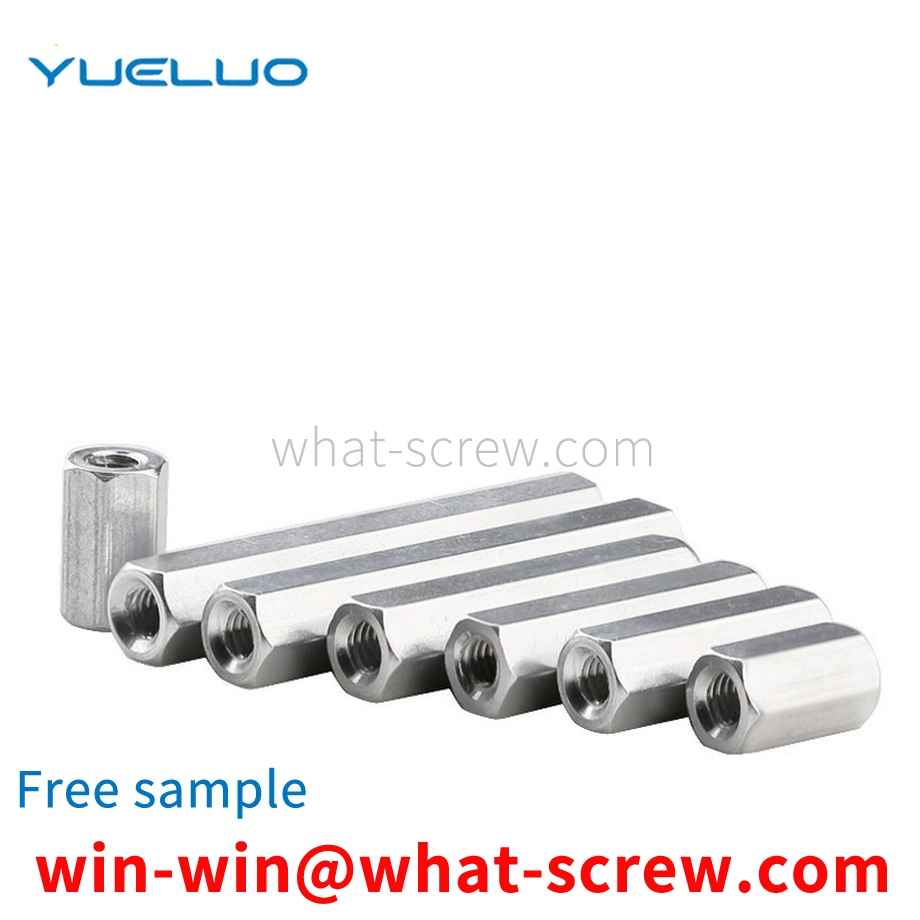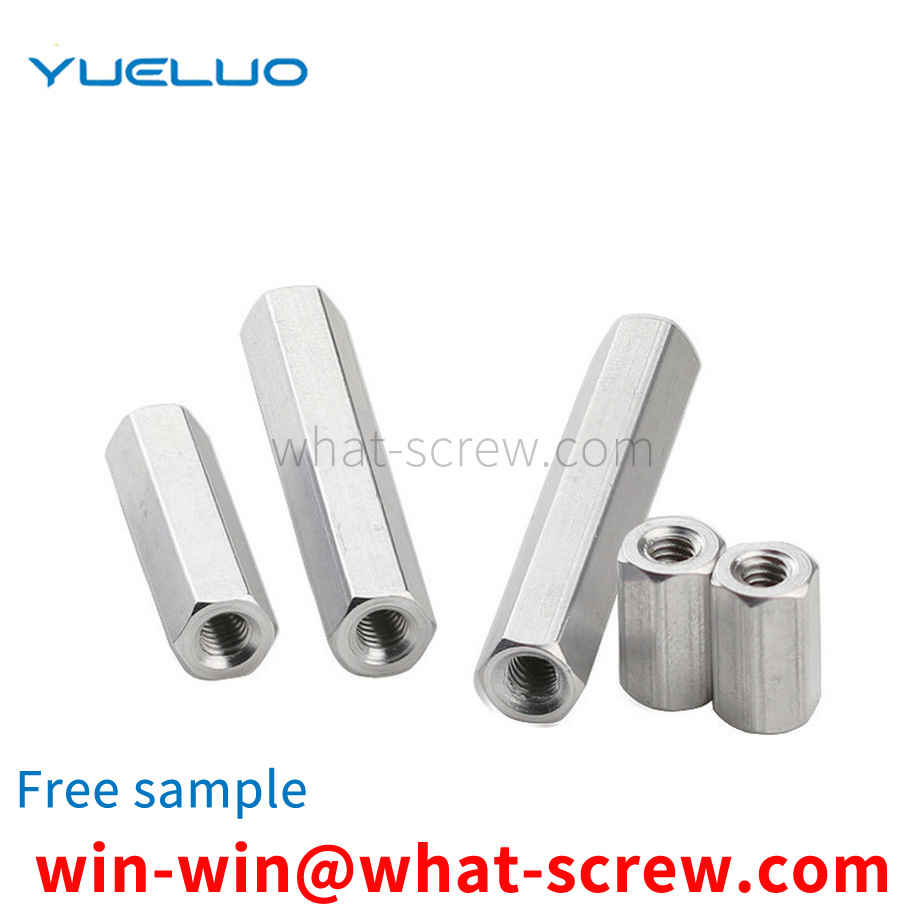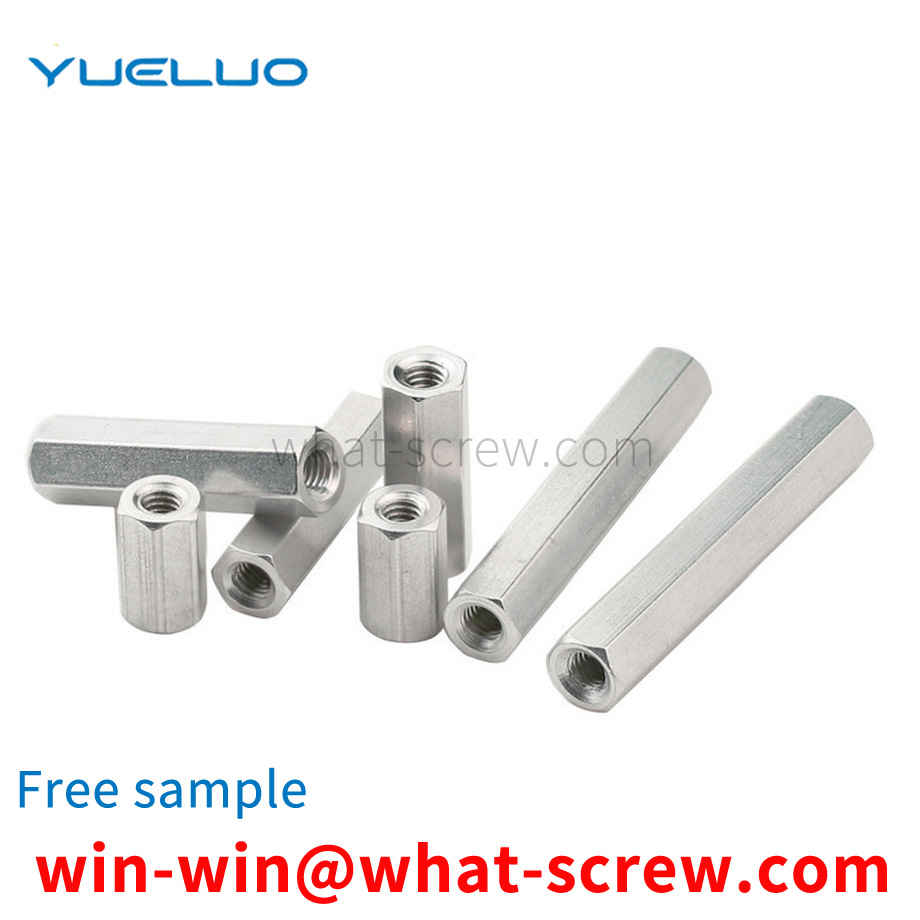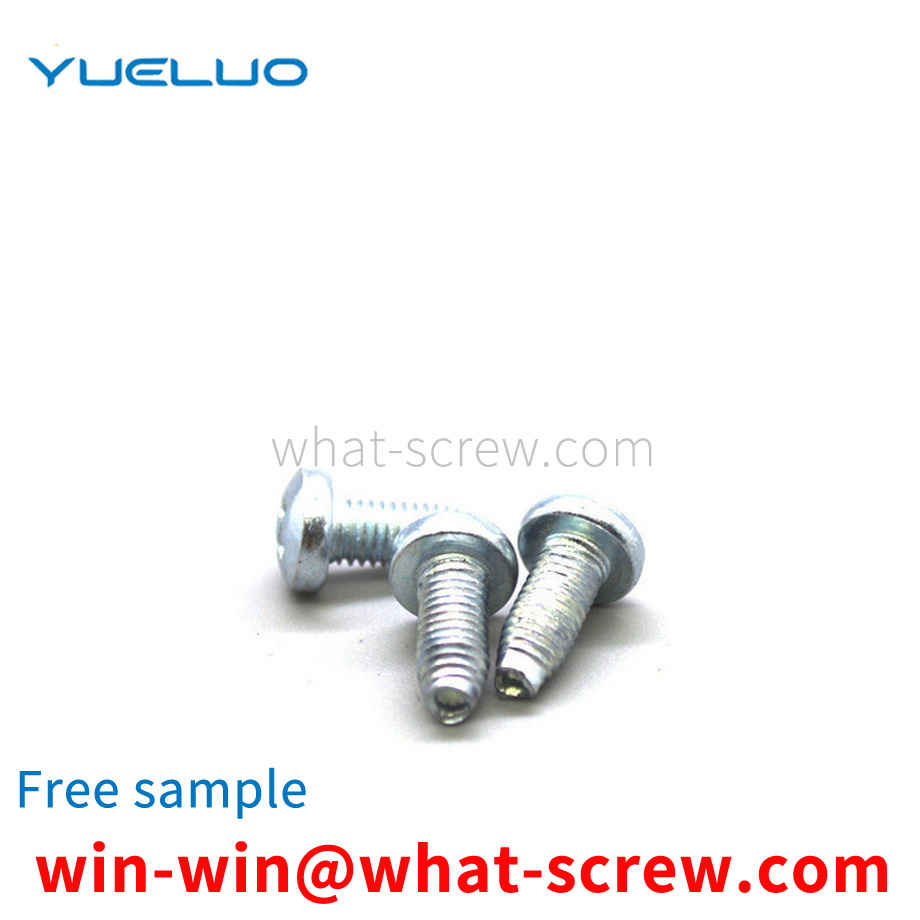What is the tolerance range of precision screws?
What is the tolerance range of precision screws?
Service Hotline
+86760-8787 8587We have more than ten years of experience in the production of screw industry, the main products are: conical single-sided, copper nut screws, hexagonal screw bolts, plastic support column, screw extension, universal modified head nut, high-strength screws, set half-thread bolts, Long socket head cap screws, double head stud screws, spot nuts, hexagonal nut nut sets, star handle screws, DIN1587 nuts, U-shaped bolts and other fasteners, due to different product materials and specifications, prices are also different, Please contact us if necessary.


screw is a common connecting piece, a tool that uses the physical and mathematical principles of the circular rotation and friction of an object to fasten the parts of the object step by step. Screws are indispensable industrial necessities in daily life: tiny screws used in cameras, glasses, clocks, electronics, etc.; general screws in televisions, electrical products, musical instruments, furniture, etc.; as for engineering, construction, and bridges, large screws are used. Screws and nuts; transportation equipment, airplanes, trams, automobiles, etc. are used together with large and small screws. Screws have important tasks in industry. As long as there is industry on earth, the function of screws will always be important. The screw is a common invention in people's production and life for thousands of years. According to the application field, it is a great invention of human beings. A traditional screw is generally set as a screw head at one end and a screw rod at the other end, which cooperates with an external nut to fasten the connector between the screw head and the nut. However, such as some home appliance modules, chassis and other electrical appliances, the modules and boxes fixed by traditional screws often fasten many parts together by screws. During maintenance, it is necessary to disassemble all parts of the maintenance part, which is very troublesome. Therefore, a new type of screw structure that can be connected at both ends and can realize layered installation is required. During maintenance, only the connecting layer of the maintenance part needs to be disassembled, and neither the exterior nor the interior needs to be disassembled.

Standards are norms, and each country and sector has its own standards. GB—Chinese National Standard (National Standard) ANSI—American National Standard (American Standard) DIN—German National Standard (German Standard) ASME—American Society of Mechanical Engineers Standard JIS—Japanese National Standard (Japanese Standard) BSW—British National Standard GB—National Standard The standard is one of the many standards in my country, and there are also industry standards, professional standards and department standards. National standards are divided into: GB (mandatory standards) and GB/T (recommended standards) and GBn (national internal standards) and so on. We usually see GB30, GB5783, etc. are mandatory standards. In addition to some basic dimensions such as head-to-side, head thickness, etc., the above standards are mainly different in the threaded part. The threads of GB, DIN, JIS, etc. are all in MM (millimeters), which are collectively referred to as metric threads. Another thread like ANSI, ASME, etc. is called American standard thread in inches. In addition to metric threads and American threads, there is also a BSW-imperial standard, whose threads are also in inches, commonly known as Wyeth threads. In the usual domestic sales business, the most common standards we encounter are GB (National Standard) and DIN (German Standard). In terms of production products, the following standards are mainly encountered: GB30; GB5783; GB5782; GB52; GB6170; GB818; GB819; GB845; GB846; GB70; DIN912; DIN933; DIN931 and so on. GB30 (old national standard) has been replaced by GB5783 (new national standard) in the standard book. GB52 (old national standard) has been replaced by GB6170 (new national standard) in the standard book.


The flat washer is mainly used to reduce the pressure. When some parts are tightened with a large axial force, it is easy to press the washer into a dish shape. At this time, it can be solved by changing the material and increasing the hardness.

3. Friction coefficient The friction angle is an important factor affecting the torque, and the existence of friction is the basis for the normal operation of the lock nut. When the lock nut is working, the contact surface has pressure and friction under the action of the elastic restoring force of the thread piece. During the repeated use, the rough position and edges and corners of the contact surface are ground and smoothed under the action of cyclic friction. The coefficient of friction becomes smaller, which in turn reduces the maximum unscrewing torque of the nut.

The above content is uploaded by Yueluo or the Internet. If there is any copyright issue, please contact [email protected].

What is the tolerance range of precision screws?

How to choose the right stainless steel screw manufacturer?

Why is there an R angle under the head of the hexagon head s...

We have more than ten years of experience in screw industry ...

We have more than ten years of experience in screw industry ...

We have more than ten years of experience in screw industry ...

We have more than ten years of production experience in the ...